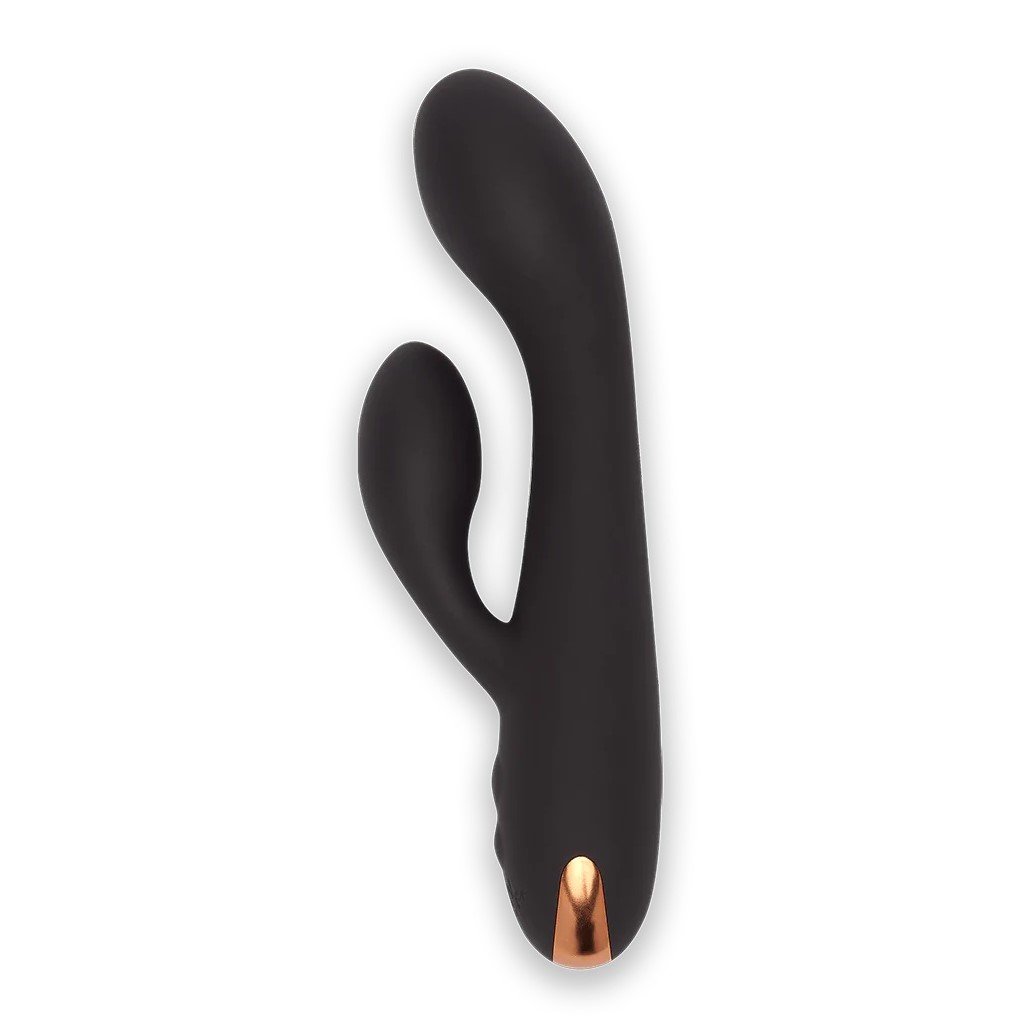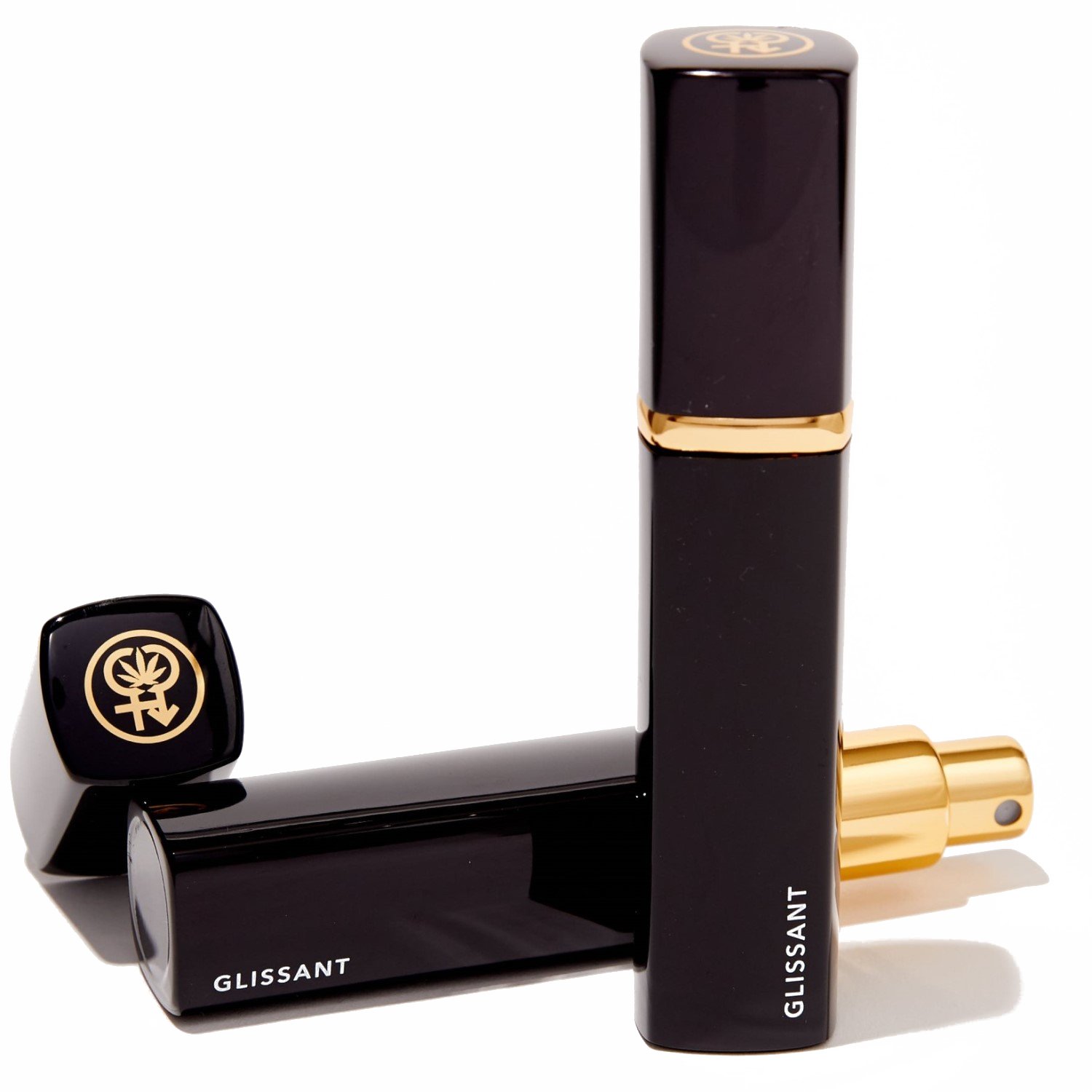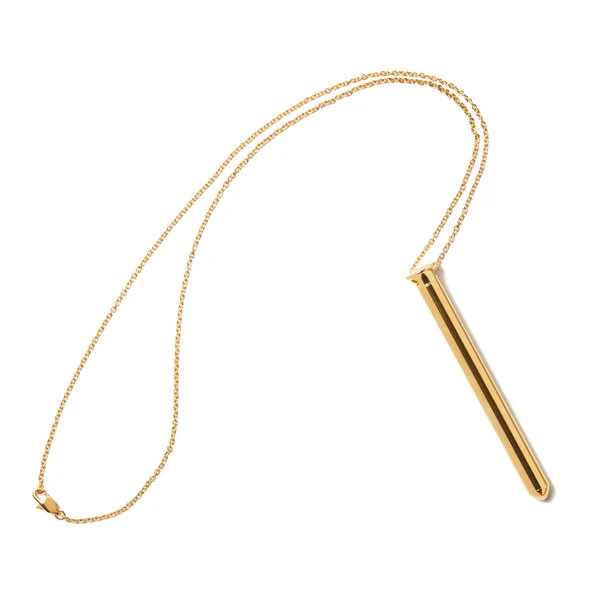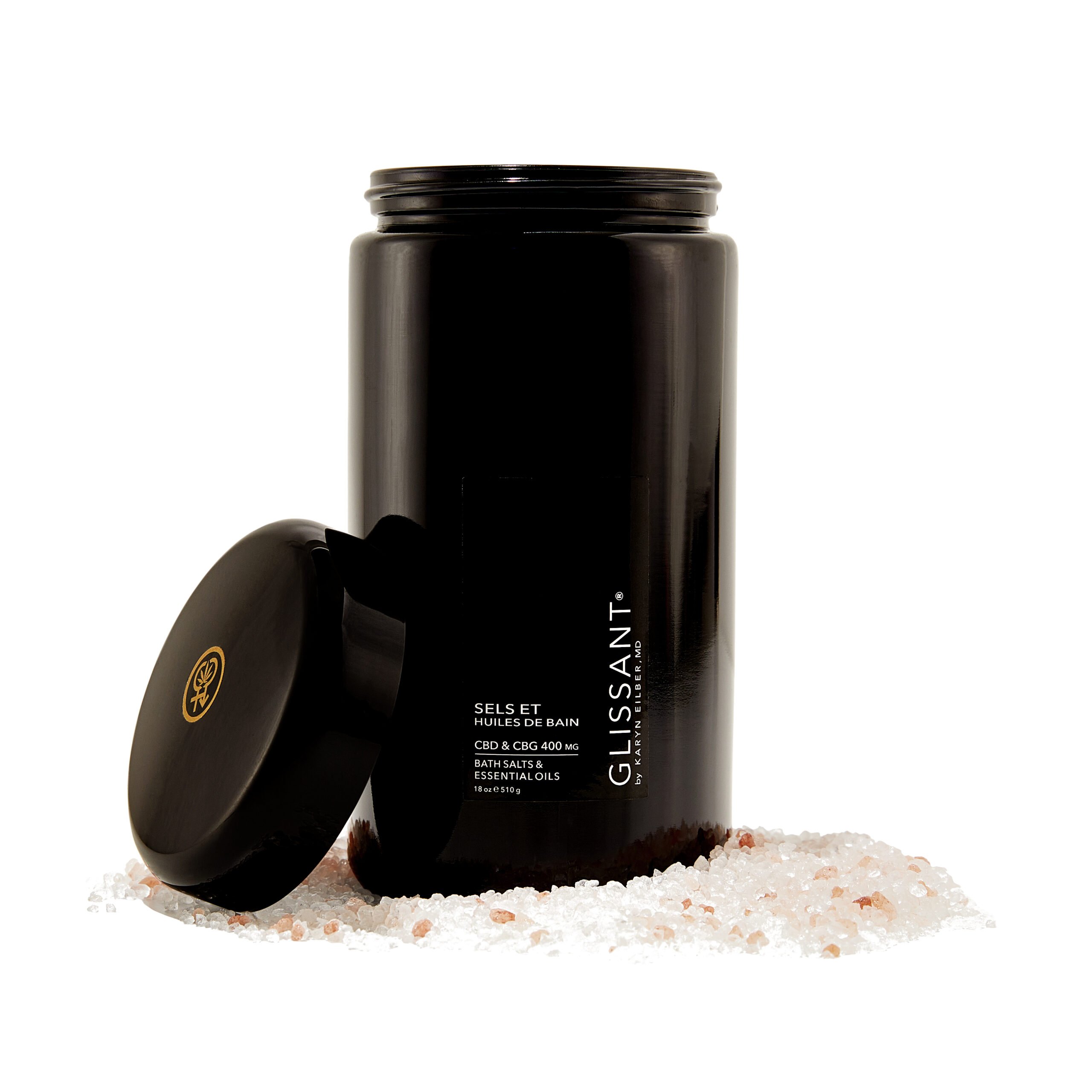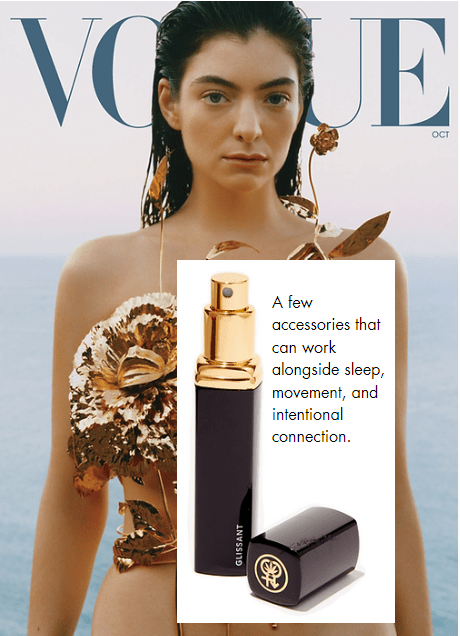
During at least one of the check-up appointments in the months after giving birth, many women will be given the “green light” to have sex with their partners again. They will also likely be warned by their practitioner that, if they are breastfeeding, pregnancy can still occur, so to take the proper precautionary measures. For some of us (myself very much included) it’s a warning that will make you quite literally laugh out loud. The notion that I, in my postpartum state of perpetual exhaustion, infrequent showering, regular leaking of milk and blood, and frequent delirium, would also muster up the desire for, well, desire—when all I could think about was sweet, sweet sleep—was hilarious.
There’s a physical reason for the dip in sex drive that happens postpartum. “When a woman is pregnant her reproductive hormones are elevated and after giving birth they crash,” says Julia Arenson, a Brooklyn-based doula. “This results in a dip in estrogen, which can cause low sex drive and vaginal dryness, making sex feel painful.” There’s also an evolutionary reason for it: “It’s basically her body’s natural way of ensuring that she takes the time to properly heal and focus on caring for the baby instead of on trying to have another one,” says Vanessa Marin, a psychotherapist and writer specializing in sex therapy.
Many women also still simply find themselves in a great deal of physical pain in the months postpartum after going through what is, by all accounts, a significant trauma for the body. If you are breastfeeding, that can pose its own roadblocks for the libido. “When you are breastfeeding, hormones like oxytocin [often referred to as the ‘love hormone’] and prolactin increase,” says Arenson. “Oxytocin flows during the bonding and breastfeeding process, and this can replace some of the urge to connect intimately through sex.” The accompanying lower levels of estrogen and testosterone can, adds Karyn Eilber, M.D., a urologist focused on female pelvic medicine, negatively impact the libido as well.
Hormonal cascades aside, there’s also the simple fact that reality as you know it has drastically changed. “Your body feels like it doesn’t belong to you anymore; you’re stressed and anxious about keeping your baby alive and doing everything ‘right’; you’re exhausted, overwhelmed, and seriously lacking sleep; and you’re adjusting to what it’s like to see yourself as a ‘mom’ and how that fits in with your previously held identity,” says Marin. “How could your sex drive not change?” While it’s not as common, even partners who didn’t physically give birth can experience their own libido loss. “That’s most likely due to tiredness related to newborn care, the stress on the individual and relationship that a baby can bring, or also a fear of ‘hurting’ the partner who gave birth,” Eilber explains.
Best Flavored Water-Based Lubes
I Got The Sauce
BY JENNIFER HUSSEIN
Slip 'n' slide your way to Earth-shattering orgasms with this selection of silicone-, water-, aloe-, and oil-based personal lubricants.
When it comes to luxuriously delicious lubes, Glissant's Sea Salt & Caramel Intimate Lubricant can't be beat.This lubricant has a water-based formula that tastes like a delectable truffle while it hydrates your most sensitive parts, thanks to the addition of moisture-retaining hyaluronic acid. This lubricant also contains lactic acid, which you probably know as an exfoliant in your skin-care routine. Dr. Lincoln notes that lactic acid is actually produced by lactobacilli in the vagina, so having it in lube is not of concern.
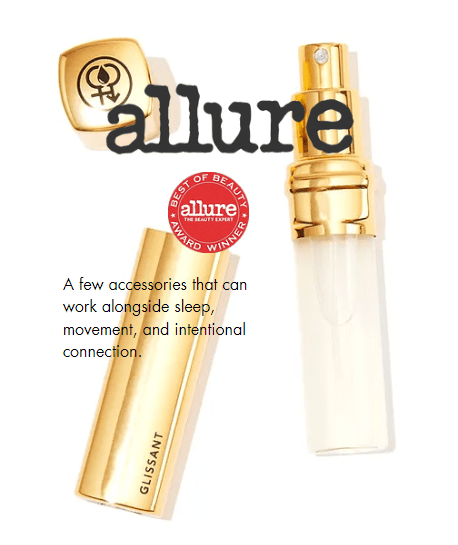

The Cervical Orgasm is a (Very Good) Thing- Here's How To Have One
BY ZAHRA BARNES
Just when you think you have discovered every type of orgasm there is to have (especially during quarantine), there's more, including the potentially super intense cervical orgasm. If you either haven't heard of, or don't think you've experienced a cervical orgasm, you’re certainly not alone. “Cervical orgasms are lesser-known than clitoral or G-spot orgasms because they’re not as common—or not as commonly recognized,” says Jessica O’Reilly, Ph.D., resident sexologist for ASTROGLIDE and host of the @SexWithDrJess podcast. But first of all, what even is a cervical orgasm? Let's recap the purpose of the cervix in the first place. "The cervix is the end of the uterus that only opens slightly for menstrual bleeding and opens much more for vaginal birth," explains Karyn Eilber, MD, board-certified urologist and co- founder of GLISSANT. So to get all the way to the cervix, it's going to involve some deeper penetration (from a partner, or from a toy!) than you might be used to. "A cervical orgasm results from deep pressure or rubbing against the cervix that stimulates surrounding nerves," says Dr. Eilber. If you do hit those surrounding nerves, there are quite a lot of them, notes Dr. Eilber, so you could be in for a stronger orgasm. "These nerves are distributed throughout the entire pelvis, which is why cervical orgasms are described as intense and full-body."
First, try to get familiar with your cervix on your own.
There's a chance you may be able to reach all the way back to your cervix with your fingers, depending on its height and the length of your fingers, says Dr. O'Reilly. (But, Dr. Eilber points out, the vagina gets longer during arousal, so this may not really be possible).
Don't skip out on lube when you're experimenting with deep penetration.
During sex with a partner, lube can help make sure you're both aroused enough and comfortable. "Lubricants with CBD, such as GLISSANT’s Huile D’Amour, may help increase arousal by naturally increasing blood flow to the genital area," Dr. Eilber says

